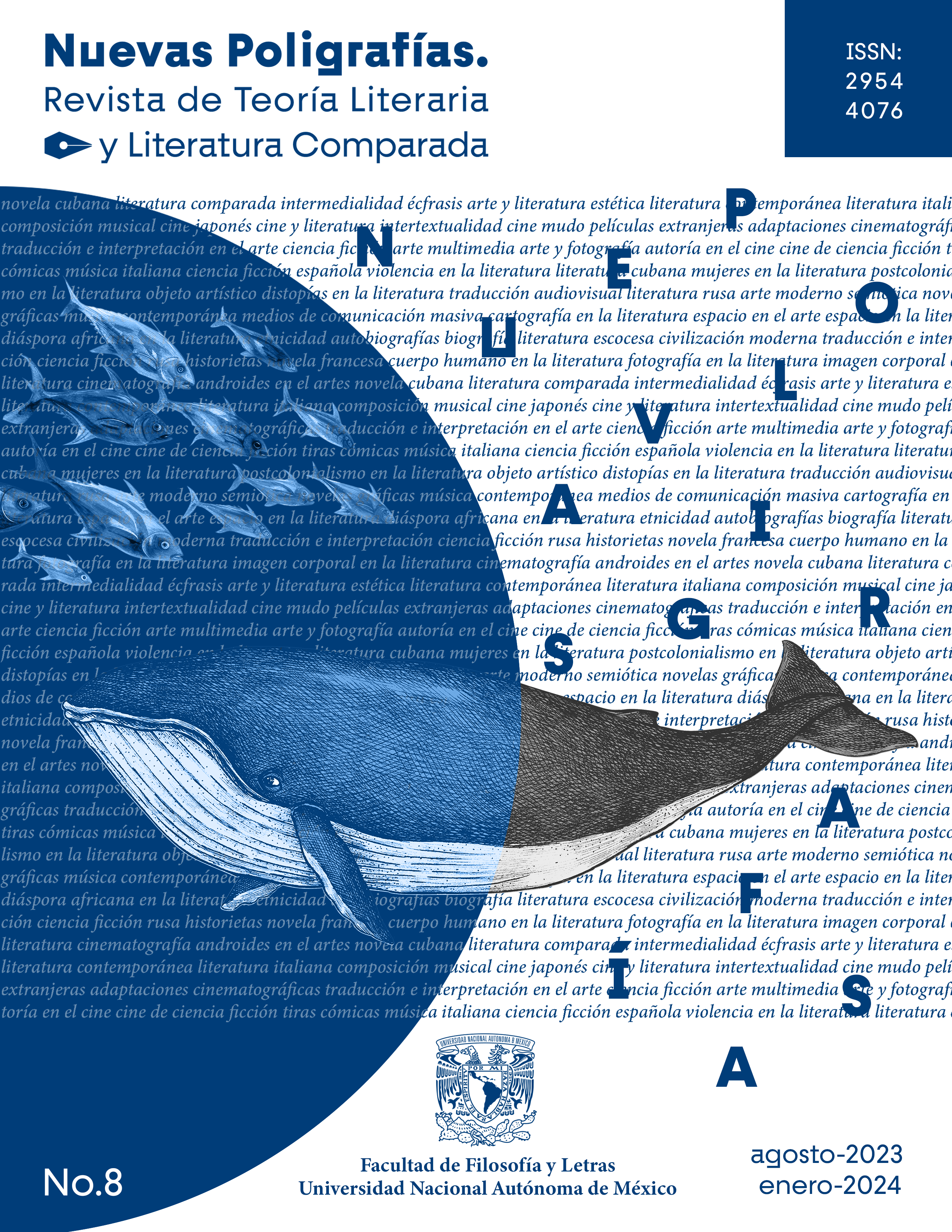The Referentiality in L’Eve future and Photographs of the Salpêtrière
Main Article Content
Abstract
In L’Eve future (1886), the appearances of Hadaly, a technological creation, and Alicia, a biological woman, are identical. However, one of them represents the corrupted ideal while the other comes into the world to become the new perfection. In this way, the copy, the image, discredits its referent. The implementation of photography in the study of psychology presents a similar dynamics. Thus, the photographic images of patients diagnosed with hysteria in the hospital of Salpêtrière are consolidated not only as a recording and filing means but also serve as sources of knowledge that enable us to see and diagnose determined phenomena: they allow a clearer and more detailed vision. These two cases evince how all body parts—internal and external—are fragmented and then decoded in two ways: one that extremely specifies them into discrete segments and another that generalizes them into classification categories. In both cases, an effect of isolation of the part takes place, and it distances it from the individual person to which it originally belonged. The interference in the relationship with the referent, which both materials reveal, and the intention to study and learn about female bodies, which allowed to control them—to imitate and supplant them in L’Eve future, and to diagnose them in the photographs from the Salpêtrière—are the central concerns in this study.
Article Details

This work is licensed under a Creative Commons Attribution-NonCommercial-NoDerivatives 4.0 International License.

